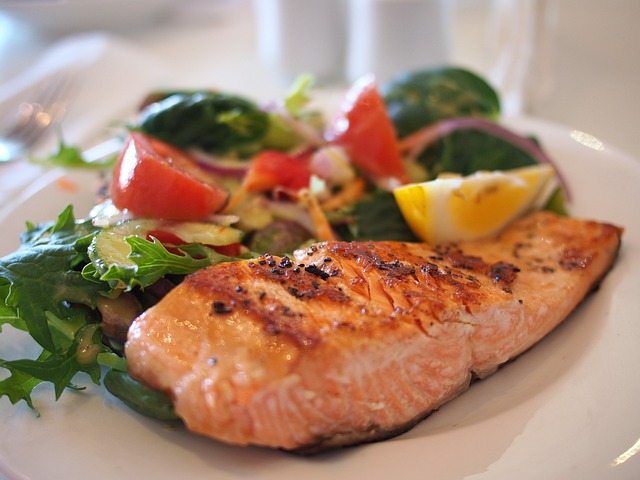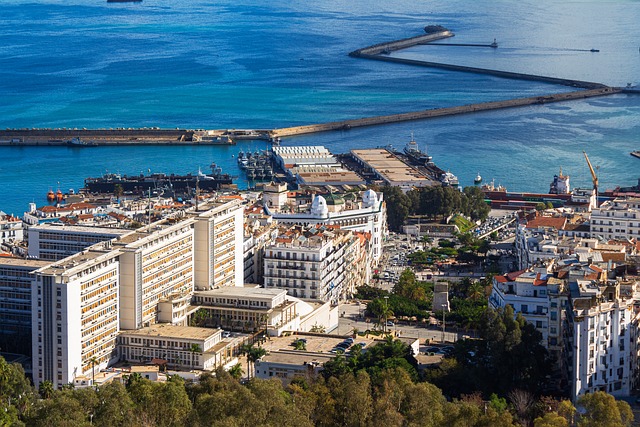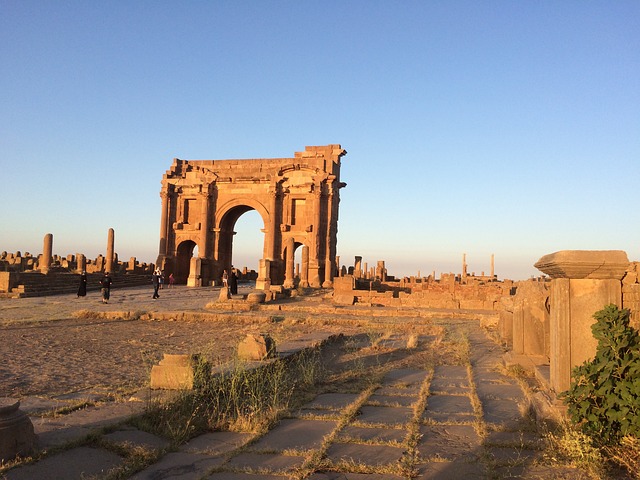Algeria is a country located in North Africa, situated on the Mediterranean coast. It is the largest country in Africa and the 10th largest in the world, covering an expansive and diverse landscape that includes the Sahara Desert. The capital city is Algiers, which also serves as the political and economic centre of the country.
Algeria Flag:

Culture of Algeria:
- Berber Influence: The indigenous Berber population has a deep-rooted history in Algeria. Berber culture is evident in traditional music, art, and customs. The Berbers have their own languages, including Kabyle and Tamazight, which are still spoken in various regions.
- Arab Influence: Arab culture and the Arabic language have significantly influenced Algeria, especially after the Arab-Islamic conquest in the 7th century. Arabic is the official language, and Islamic traditions play a crucial role in Algerian society.
- French Influence: Algeria was a French colony for over 130 years, gaining independence in 1962. French influence is visible in aspects like language (French is widely spoken and used in education and administration), architecture, and certain cultural practices.
- Islamic Heritage: Islam is a fundamental aspect of Algerian identity. The majority of Algerians are Sunni Muslims, and Islamic principles guide various aspects of daily life, including social interactions, family structures, and celebrations.
- Traditional Clothing: Traditional clothing depends upon regions, but you may find men wearing the “djellaba” or “burnous,” and women often wearing the “haik” or “karakou.” These clothes are not only functional but also have cultural and historical importance.
- Music and Dance: Algerian music is diverse, with influences from Berber, Arab, and Andalusian traditions. Rai music, which originated in Algeria, has gained international popularity. Traditional dance forms, like the Ahellil of the Tuareg people, are also an integral part of Algerian culture.
- Festivals and Celebrations: Some Islamic festivals, such as Eid al-Fitr and Eid al-Adha, are widely celebrated. Additionally, local festivals and events often showcase traditional music, dance, and crafts.
- Literature and Arts: Algeria has a rich literary tradition, with notable authors like Albert Camus (although he was of French descent) and Kateb Yacine. Traditional arts, including pottery, weaving, and carpet-making, also play a significant role in the country’s cultural landscape.
- Sports: Football (soccer) is immensely popular in Algeria. The national football team has a strong following, and football matches are a major social event.
Cuisine of Algeria:

The Foundation: Staple Foods and Ingredients:
- Algerian cuisine relies heavily on staple foods like couscous, a versatile and beloved grain that serves as a base for many dishes. Other essential ingredients include lamb, beef, poultry, and a colourful array of vegetables such as tomatoes, peppers, and eggplants. Olive oil is a key component, reflecting the Mediterranean influence on Algerian cooking.
Diverse Influences: Berber, Arab, Ottoman, and French:
- Algerian cuisine is a tapestry woven with threads from various cultural influences. The indigenous Berber people bring a rich tradition of using local herbs and spices, while Arab and Ottoman influences introduce a touch of Middle Eastern flavours. The French colonial era also left its mark, adding sophistication and complexity to Algerian dishes.
Signature Dishes:
Couscous: A symbol of Algerian cuisine, couscous is often steamed and served with a flavorful stew of meat, vegetables, and a variety of spices.
Tagine: This slow-cooked stew, named after the earthenware pot it is cooked in, combines meat, vegetables, and aromatic spices, creating a fragrant and tender dish.
Brik: A popular appetiser brik is a thin pastry filled with ingredients like egg, tuna, and spices, deep-fried to a crispy perfection.
Chakhchoukha: This hearty dish features torn flatbread soaked in a thick vegetable stew, often complemented by lamb or chicken.
Couscous Royale: A festive dish, Couscous Royale is a lavish version of the classic couscous, featuring an assortment of meats, such as lamb, chicken, and merguez sausage.
Spices and Flavors:
- Algerian cuisine is renowned for its bold and aromatic spice blends. Cumin, coriander, cinnamon, paprika, and saffron are just a few of the spices that contribute to the depth of flavour in Algerian dishes. These spices not only enhance the taste but also infuse the cuisine with a warmth that mirrors the country’s climate.
Sweet Endings: Algerian Desserts:
- No culinary journey is complete without indulging in the sweet side of Algerian cuisine. Traditional sweets like baklava, makroud, and kaak are made with honey, almonds, and dates, creating a symphony of textures and flavours that satisfy the sweet tooth.
Tea Culture Algeria:
- Algerian tea culture is an integral part of daily life. Mint tea, a blend of green tea, fresh mint leaves, and sugar, is a staple in Algerian households. The preparation and sharing of tea symbolise hospitality and social bonding.
Some Tourist attractions in Algeria:
Algiers – The White City:

Our adventure begins in Algiers, the capital city. Known as the “White City” for its stunning white-washed buildings overlooking the Mediterranean Sea, Algiers seamlessly blends modernity with a rich historical past. Explore the Kasbah, a UNESCO World Heritage site, with its narrow winding streets, ancient mosques, and vibrant markets. The Algiers Botanical Garden offers a tranquil escape, providing a contrast to the bustling city life.
Timgad – Ancient Roman Ruins:

Venture into the heart of Algeria to discover Timgad, a testament to the country’s Roman heritage. This ancient city, founded in the 1st century AD, showcases remarkably preserved ruins, including a well-preserved arch, a theatre, and intricate mosaics. Timgad offers a glimpse into the grandeur of Roman architecture against the backdrop of the Aures Mountains.
Hoggar Mountains – Majestic Desert Landscapes:

The Hoggar Mountains, also known as the Ahaggar, present a striking contrast to the Mediterranean coastline. This vast desert region is a haven for adventure seekers and nature lovers alike. Explore the surreal landscapes, towering peaks, and ancient rock art of the Tassili n’Ajjer National Park, a UNESCO World Heritage site that provides a unique window into prehistoric times.
Oran – The Pearl of the Mediterranean:

Oran, situated on the northwest coast, is often referred to as the “Pearl of the Mediterranean.” The Oran city offers a blend of French, Spanish, and Arab influences, evident in its architecture, food, and vibrant street life. The Santa Cruz Fortress, overlooking the city, and the beautiful beaches make Oran a must-visit destination.
Djanet – Gateway to the Sahara:

Journey to Djanet, the gateway to the Sahara Desert. This oasis town is surrounded by breathtaking landscapes of sand dunes and ancient rock formations. Explore the mesmerising landscapes of the Tassili n’Ajjer plateau, home to unique rock formations and ancient cave art. The annual Tassili n’Ajjer Festival celebrates the cultural heritage of the region.


1 thought on “Algeria, the largest country in Africa:Algeria Flag | Culture and Food of Algeria | Some Tourist places in Algeria.”